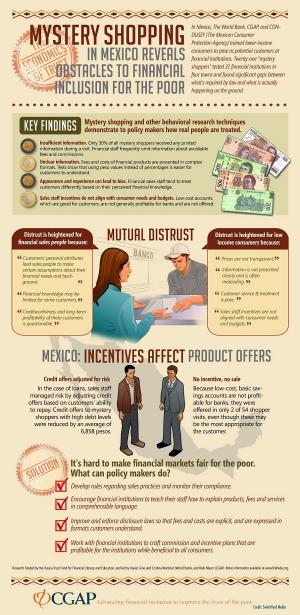Financial consumer protection: 5 lessons from behavioral research

In its new Focus Note, Applying Behavioral Insights in Consumer Protection Policy, CGAP (a unit affiliated with the Worldbank) presents a summary of the growing evidence from consumer and behavioral research for consumer protection policy on four topics—disclosure and transparency; complaints handling and recourse; debt stress; and fair treatment.
These new research methods provide deeper understanding of the context of the financial lives of base-of-the-pyramid financial consumers, and how that should influence consumer protection policy. Perhaps just as importantly this new research agenda is leading to more empathy for the experiences and challenges poor customers face every day. Empathy, combined with better evidence and insights, can lead to highly motivated, increasingly effective, consumer protection policies and approaches.
The CGAP experiences researching this publication — and running field experiments ourselves — have led them to five key takeaways on the role of behavioral research in consumer protection policy:
1. The behavioral evidence base in consumer protection is growing quickly.
2. To be effective, regulations need to account for incentives and how they drive behavior.
3. Innovation in base-of-the-pyramid financial markets is changing consumer protection priorities.
4. Context can greatly influence financial behavior.
5. Start small, start cheap, but just get started!



